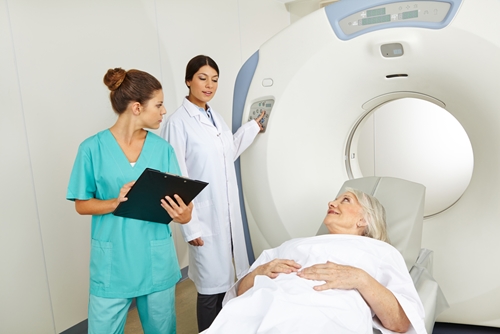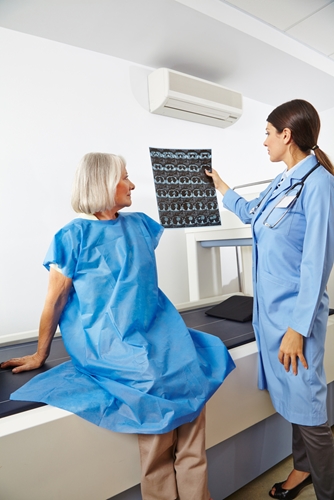Providers from every corner of health care are searching for new ways to reduce costs for medical services. Radiologists can experience cost savings by replacing their old PACS system with updated equipment that boasts more robust capabilities than ever before.
According to Diagnostic Imaging, switching to digital imaging has the potential to generate considerable long-term savings compared to film modalities. A recent study from the Hospital del Mar in Barcelona, led by Mercé Comas, Ph.D., assessed the consequences of utilizing screen-film and digital mammography in screening programs. Examining the possible savings is essential because millions of women undergo breast imaging scans every year and could benefit from in-depth cost analyses.
Comas and her colleagues developed a simulation model that recreated the breast cancer screening process for women ages 50 to 69, and combined it with the disease’s natural history. The study, published in the journal PLoS One, included 100,000 participants projected out through a 20-year period, but more than 150,000 new women were added in accordance with the aging population. After one year, digital mammography saved approximately $225,000. By 10 years, it had neared $1.5 million, and by 20, the facility had saved close to $3.8 million compared to screen-film.
These dollar amounts represented 4.5 percent and 8.1 percent of the overall costs associated with film exams. Because of this, more radiologists should look to replace existing systems with more updated equipment to slash expenses and improve profitability.
High costs as target for health care savings
Diagnostic radiology procedures are prone to be high-cost, high-frequency services that offer viable opportunities for health care savings, FierceMedicalImaging reported. Additionally, imaging exams have some of the largest instances of price variability in the industry.
According to analysis from the Healthcare Transparency Index released by Change Healthcare, which provides pricing information to health payers, CT scans have the greatest variability in price at 794 percent, ranging from $300 to more than $2,600. Next is MRI at 458 percent with costs being anywhere between $485 and $2,708. It was followed by mammograms at 242 percent, which had prices falling in the range of $118 to $402.
“Our data show costs for common procedures can vary significantly, even in the same zip code,” said Doug Ghertner, president and CEO of Change, quoted by the news source. “Care setting may contribute to costs differences, but often there’s little explanation for why common treatments may cost two, three or four times more at one provider versus another.”
By adopting new technologies that offer robust functions, such as cloud-based image storage, user-friendly interfaces and integration with existing electronic health record systems, radiologists can begin to cut down their expenses on maintenance. With disparate price ranges in mind, physicians can reduce redundant procedures that can become costly to both care centers and patients alike. Providers should make the switch today and purchase upgraded health IT products for long-term savings.
Contact Viztek for more information.
Latest posts by Steve Deaton (see all)
- Practice Better Radiology to Avoid Malpractice Lawsuits - July 16, 2014
- Medical Imaging Data Can Help Improve the Patient Experience - June 19, 2014
- Replace Outdated PACS Systems to Experience Cost Savings in Imaging - June 16, 2014










